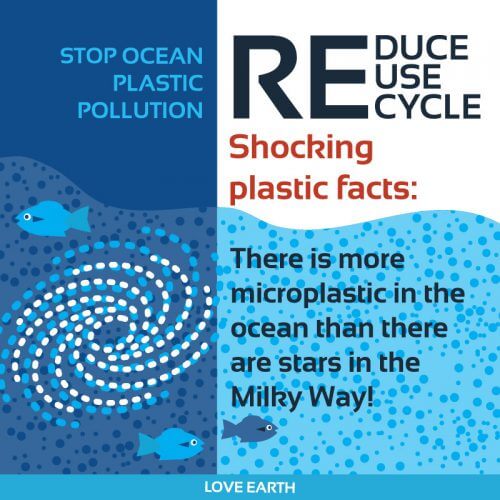It turns out that one of the significant sources of microplastics are the clothes we wear when fashion dictates the obsession that attacks many good people with the "need" to purchase and change clothes every season and every occasion

Everyone already knows that plastic poisons the marine and terrestrial environment. Everyone has heard or read about the damage that plastic causes to the natural environment. Many have heard of the "micro-plastics", those tiny plastic crumbs that are already everywhere today, in the water and in the soil and also end up in the food and drink we consume.
It turns out that one of the significant sources of microplastics are the clothes we wear when fashion dictates the obsession that attacks many good people with the "need" to buy and change clothes every season and every occasion.
the same obsession with fashion, "contributes" to trillions of microplastics In the oceans, lakes and many bodies of water in the world. Microplastics in the form of tiny fibers that fall out of clothes.
Fashion consumers do not consider the environmental impact of purchasing fashionable clothing products, since in addition to contributing plastic to the environment, the fashion industry is responsible for 20% of all wastewater in the world
, for 10% of carbon dioxide emissions and huge amounts of garbage. Every second, the contents of a truckload of textile waste are burned or thrown away.
About 60% of the clothes we wear are made from plastic products such as polyester, acrylic or nylon. Light, durable, flexible and cheap artificial materials. Positive features? Not sure. With each wash, the comfortable and fashionable clothes shed tiny fibers.
Washing machines flow every year About half a million tons of microplastics For the oceans, that's the equivalent of millions of polyester shirts. Because of the tiny size of the plastic fibers that are not caught in the filters, filters are used for water purification About 40% microplastic fibers for lakes and seas. Fish mistake microplastic particles for food and thus make their way up the food chain to large animals and to humans. The tiny particles absorb toxins such as insecticides and chemicals from industry and the result is death by starvation and poisoning, a disaster for life in the sea.
Since it is already clear that we "eat" plastic, studies are being conducted "The effect of eating plastic by humans", in a contemporary study micro-plastic particles were found in foodstuffs such as sugar, honey, salt, beer, later micro-plastic particles were found in the secretions of the subjects.
When the forecast is that the annual production of polyester will double and triple, it is clear that we are in a problem. The question arises, how can the spilling of microfibers into the environment be mitigated?
According to a report published in 2017 It is necessary to change the way clothes are made and the materials used for it. The length and density of the fibers determine the level at which they will separate from the garment during washing. It turns out that it is possible to coat the garment so that fiber shedding is reduced by fifty percent, as is the cutting of the fabric (mainly fleece) by laser knives.
The consumers who purchased the "best of fashion" can act to reduce pollution. There are methods for "capturing" the fibers that separate during washing, thus reducing their arrival in the environment, (it is also desirable to wash less). It was found that In washing machines with a front opening The shedding of the fibers is milder than in washing machines with a top opening.
- It was found that washing in Use of designated bags Reduces fiber shedding by 86% as well Using balls that capture the fibers.
According to the company that produces the pills, "If 10% of the 'washers' use them, you will prevent the shedding of an amount equal to about 30 million plastic bottles." In addition, you can install a filter that catches fibers even in old washing machines.
It is clear that there are things that consumers can do, but it is also clear that the initial duty is on the manufacturers who must find ways and methods of producing clothes that will not direct microfibers. The growing dependence of the world of fashion and clothing on artificial materials requires manufacturers to find ways and methods to reduce the shedding of microfibers that poison our marine and terrestrial environments and reach our table.

One response
Maybe the simple solution is to switch to quality cotton clothes? Try to remember how quality cotton clothes from the 80's and 90's would last and keep their shape for many years. Today, poor quality clothes are produced with the intention that they will not survive more than a season and the synthetic fabrics serve this purpose very well. In addition to everything, cotton is an organic and biodegradable material. Try to buy only 100% cotton until someone wakes up about the quality of the environment